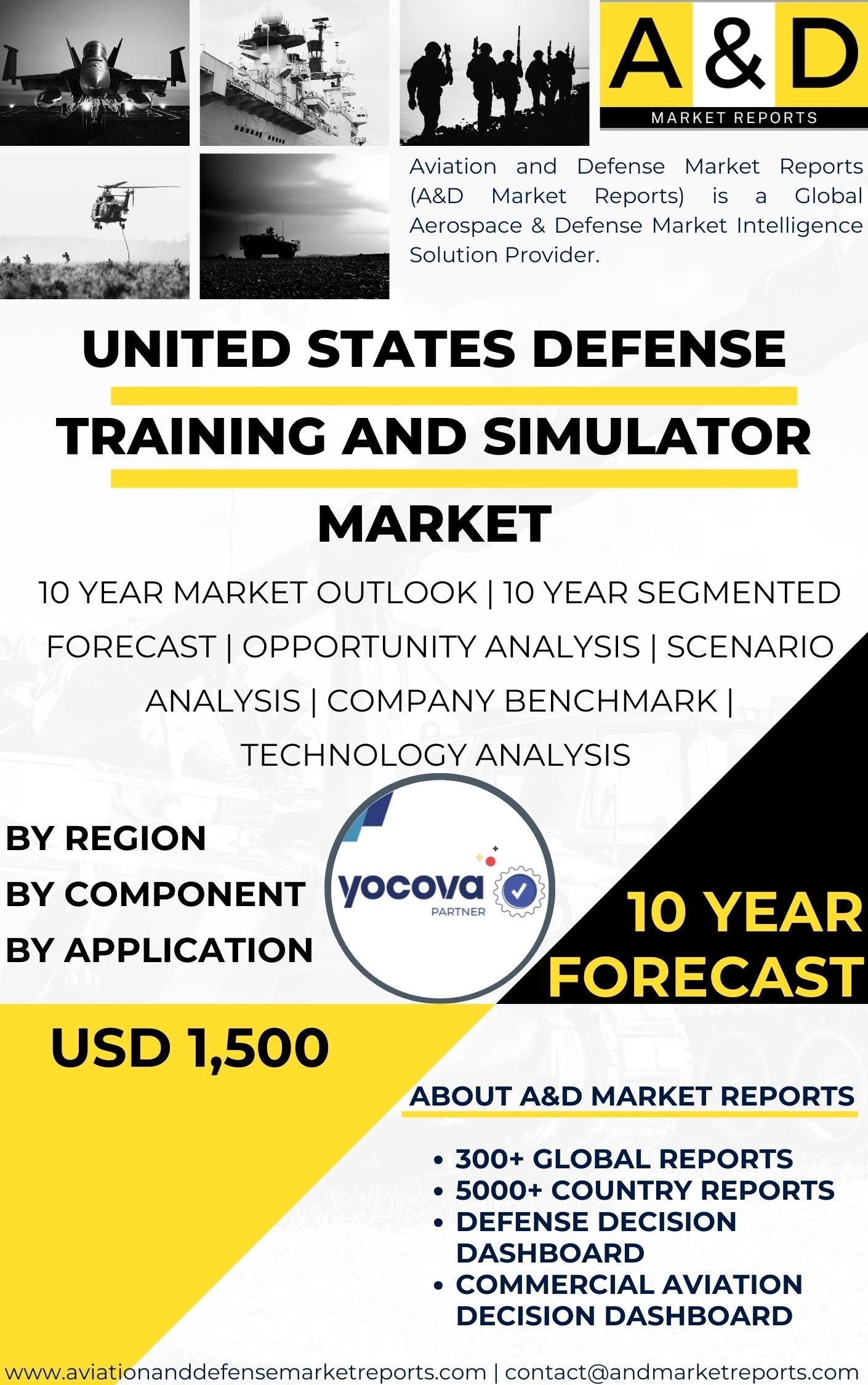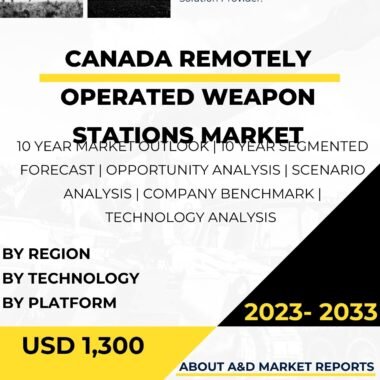Description
Defense training and simulators are crucial components of the United States’ military preparedness, providing essential tools for training and enhancing the skills and capabilities of military personnel. Over the years, advancements in technology have transformed defense training and simulation, offering highly realistic and immersive experiences that closely replicate real-world scenarios and environments. These training programs encompass a wide range of applications, including virtual simulators, live training exercises, and combat training centers, each serving unique purposes in preparing the U.S. military for a diverse range of operational challenges.
The development of defense training and simulators can be traced back to the early 20th century when basic simulators were used for pilot training. However, with advancements in computer technology and virtual reality, defense training has evolved into sophisticated and realistic simulations that offer lifelike experiences for military personnel. These simulations enable troops to practice their skills, tactics, and decision-making in controlled and safe settings, enhancing their readiness to respond effectively to actual combat situations.
Virtual simulators create immersive and interactive environments, allowing military personnel to engage in various scenarios, such as flight simulators for pilots and virtual battlefields for ground forces. By leveraging advanced graphics and motion technologies, virtual simulators provide a realistic and engaging training experience that closely mirrors real-world operations.
Live training exercises involve real-world military exercises where troops participate in mock combat scenarios and operations. These exercises often utilize laser-based training systems to simulate the effects of live ammunition, allowing troops to engage in realistic training without using actual bullets. Live training exercises foster team cohesion, improve individual and unit proficiency, and provide an opportunity for commanders to evaluate the effectiveness of military tactics and strategies.
Combat training centers are specialized facilities that offer high-fidelity, integrated training for military units. These centers combine virtual and live training, integrating various combat platforms, such as tanks, aircraft, and infantry, into large-scale exercises. Combat training centers provide a realistic and dynamic training environment, allowing units to practice combined arms operations and hone their coordination and communication skills.
The significance of defense training and simulators lies in their ability to provide realistic and risk-free training environments, enhancing the readiness and capabilities of military personnel. These training programs offer several key advantages, including realistic training experiences, cost-effectiveness, risk mitigation, and data-driven assessment.
Defense training and simulators enable military personnel to practice their skills and tactics in conditions closely resembling real-world operations. This realism enhances their readiness to respond effectively to actual combat situations, improving their performance and decision-making abilities.
In terms of cost-effectiveness, simulators and virtual training exercises are generally more economical than live training exercises, as they reduce the need for expensive equipment, ammunition, and logistical support. Additionally, virtual simulations allow for the repetition of training scenarios, providing more opportunities for skill development without incurring additional costs.
Training in a controlled environment also mitigates the risk of accidents and injuries that may occur in live training exercises, ensuring the safety and well-being of military personnel. By simulating real-world scenarios, defense training and simulators provide a safer alternative for preparing troops for challenging and dangerous situations.
Moreover, defense training and simulators enable the collection and analysis of data on trainee performance, allowing instructors to provide feedback and tailor training to individual needs. This data-driven approach optimizes the learning experience and identifies areas for improvement, fostering continuous skill development among military personnel.
The ongoing development and advancement of defense training and simulators involve continuous research and investment in various areas. The U.S. Department of Defense (DoD) collaborates with defense contractors, research institutions, and technology companies to enhance training capabilities, address emerging challenges, and drive innovation in simulation technologies.
Advancements in virtual reality, artificial intelligence, and data analytics have improved the realism and fidelity of training simulators, making them more effective tools for military preparedness. These technological advancements enable more sophisticated and accurate training scenarios, providing a comprehensive and immersive learning experience for military personnel.
Research also focuses on integrating emerging technologies, such as augmented reality, into defense training and simulators. Augmented reality can enhance the training experience by overlaying virtual elements onto the real-world environment, providing a more immersive and interactive learning experience.
Challenges in defense training and simulators include the need for constant updates and upgrades to keep pace with evolving military technologies and tactics. Efforts are made to ensure that training programs remain relevant and effective in preparing military personnel for modern warfare scenarios.
Additionally, the development of interoperable and standardized training systems is essential for ensuring seamless integration across different military branches and units. Common training protocols and interfaces facilitate collaboration and information sharing among various defense assets, improving interoperability and overall training effectiveness.
To address these challenges, the DoD places a strong emphasis on realism and scenario complexity in training simulations, ensuring that trainees experience challenging and diverse scenarios that closely mirror real-world operational conditions.
In conclusion, defense training and simulators are integral components of the United States’ defense capabilities, providing realistic and risk-free training environments for military personnel. These training programs, including virtual simulators, live training exercises, and combat training centers, enhance the readiness and effectiveness of the U.S. military by preparing personnel to respond effectively to a wide range of operational challenges.
The ongoing development and advancement of defense training and simulators involve continuous research, investment, and collaboration among industry stakeholders, research institutions, and government agencies. By leveraging the capabilities of defense training and simulators, the U.S. Department of Defense can enhance operational effectiveness, support national defense objectives, and ensure the preparedness of military personnel in an ever-evolving and complex security landscape.




